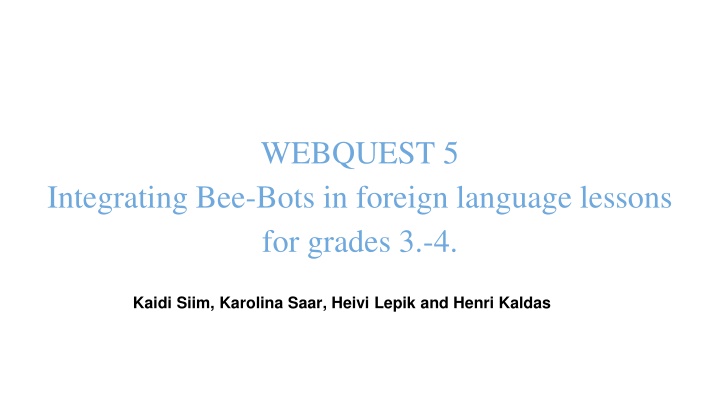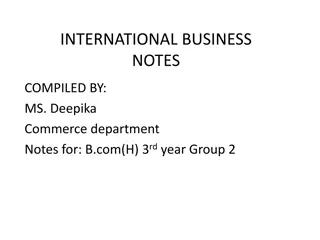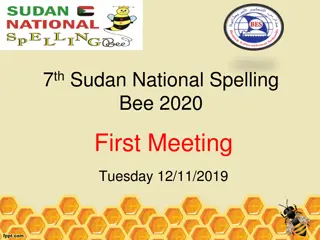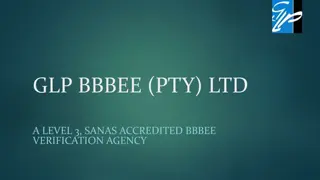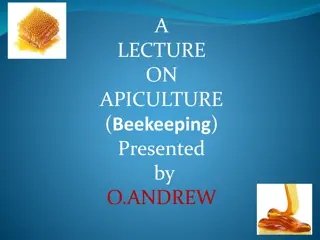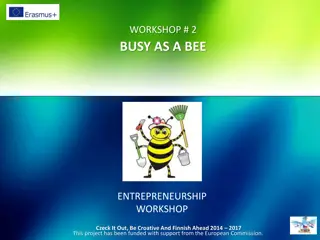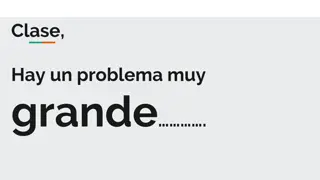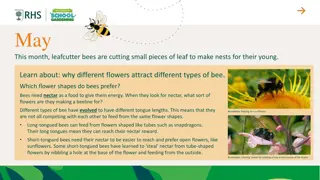Integrating Bee-Bots in Foreign Language Lessons for Grades 3-4
This lesson involves using award-winning Bee-Bot robots to enrich vocabulary learning in foreign language classes for young learners. Students program the robots to engage with language greetings, fairy tale characters, emotions, and colors, enhancing their language skills in a fun and interactive way. The lesson introduces students to basic programming concepts and encourages collaboration and creativity in language learning.
Download Presentation

Please find below an Image/Link to download the presentation.
The content on the website is provided AS IS for your information and personal use only. It may not be sold, licensed, or shared on other websites without obtaining consent from the author.If you encounter any issues during the download, it is possible that the publisher has removed the file from their server.
You are allowed to download the files provided on this website for personal or commercial use, subject to the condition that they are used lawfully. All files are the property of their respective owners.
The content on the website is provided AS IS for your information and personal use only. It may not be sold, licensed, or shared on other websites without obtaining consent from the author.
E N D
Presentation Transcript
WEBQUEST 5 Integrating Bee-Bots in foreign language lessons for grades 3.-4. Kaidi Siim, Karolina Saar, Heivi Lepik and Henri Kaldas
INTRODUCTION Description The lesson topic is learning vocabulary using Bee-Bot robots. The lesson will be conducted with a programming teacher and 1-2 programming course students. Lesson outputs Enriching studies with Bee-Bot robots. Making the lesson topic easier to understand, introduction to Bee-Bot robots.
Bee-Bot robots Bee-Bot is an award-winning programmable robot with a simple and child-friendly design that is perfect for teaching young children how to operate the device, direct speech and programming. Source: https://courses.cs.ut.ee/2018/koolirobootika/Main/Lehta1
Programming the Bee-Bot Every command forward or backwards moves the robot around 150mm in the desired direction. Each turn command turns the robot 90 . Pause command stops the robot s action for 1 second. After pressing the start button the robot will complete the commands in the order of insertion, it will do a short pause after each command. Robot stops and gives a sound signal after completing a movement command. You can stop an ongoing action by pressing GO . Source: https://www.researchgate.net/figure
Introduction and exercise Say hello! (35 min) 1. Start the drive from a flag. 2. Stop on the correct language greeting for at least 3 seconds. 3. Stop the drive on the correct flag. Teacher tells the class a country. One of the pairs places Bee-Bot on the correct country flag. Together they plan the right path to the right greeting. Robot starts the drive on the country flag and then moves to the greeting which is given in the country s language. The right country s greeting is spelled together.
Activity 2 - Fairy Tale (45 min) The theme mat consists of 4x4 squares, six squares have sun-shaped circles the names of the characters written (princess, wizard, etc .; they are numbered from one to six), The six squares have pictures of faces, each with a different emotion (they are also numbered from one to six) and the rightmost column has colored circles inside the four squares numbered with several numbers (yellow 1,2,3; red 4,5,6; blue 7,8,9; green 10,11,12).
